Content |
|---|
History
The Tyrolean hound or Tyrol hound descends from the Celtic hound and with their resistant double coat represents the purest type of dog hounds. It is known that already in the year 1500, the Emperor Maximilian I He used these Hounds in the Tyrol region for hunting hares, foxes and injured animals tracing. In his hunting books he mentioned that he extracted his guide dogs from them.
About 1860 they started in Tyrol raising pure breeds individually. In 1896 It set a standard that was officially recognized in 1908. The variety of species of hounds from the Tyrol natural, only remained those of red and black color with fire. The Hound of the Tyrol: small size is taken from the standard of 1994.
In the past, There was also a small size that was removed from the standard Tyrol sniffer in 1994.
Physical characteristics
The Tyrolean hound is a breed of hunting dog hound type of medium size and wide erect ears originating from the Austrian Tyrol.
This dog medium-sized and broad flat ears at the top of the head, has a thick, double coat and well covered legs.
There are two main colors of hair: Red or black and Tan, all of them can have white spots.
The height to the cross in the exemplary males is of 44 to 50 cm.; in the females of 42 to 48 cm. and weigh in 15 to 22 Kg. There is also, a smaller variety that has a height of 30 to 39 cm..
Character and skills
It is a hunting dog, ideal for hunting in the forest and the mountain, strong character, passionate, with fine sense of smell, independent hunting and persistent searches; It has a good bark in the hunt, a pronounced to track will and has a good sense of orientation.
It´s known for its strength in difficult terrain and for not fearing the elements.
In addition to the skills for hunting, The Hound of the Tyrol is an agile mind, Smart and good character. It is at the same time cheerful and independent, very attached to his master and his family.
Like all dogs hunting, This hound's obstinate nature. Your education requires some patience, but with perseverance its owner will get good results.
It's a dog that need to exercise. For this reason, life in the city or artamentos did not do for him.
Tyrolean Hound images
Braco Tiroles videos
Type and recognitions:
- FCI CLASSIFICATION: 68
- Group 6: Scent hounds, and related breeds
- Section 1.2: Medium-sized hound-type dogs.. With working trial (Practical test for bloodhound and tracker)..
Federations:
– FCI ⓘ
FCI breed standard "Tyrolean hound"
Alternative names:
1. Tiroler Bracke, Tyroler Bracke (English).
2. Brachet autrichien, Chien courant du Tyrol (French).
3. Tiroler Bracke (German).
4. Braco tirolês (Portuguese).
5. Sabueso del Tirol (español).
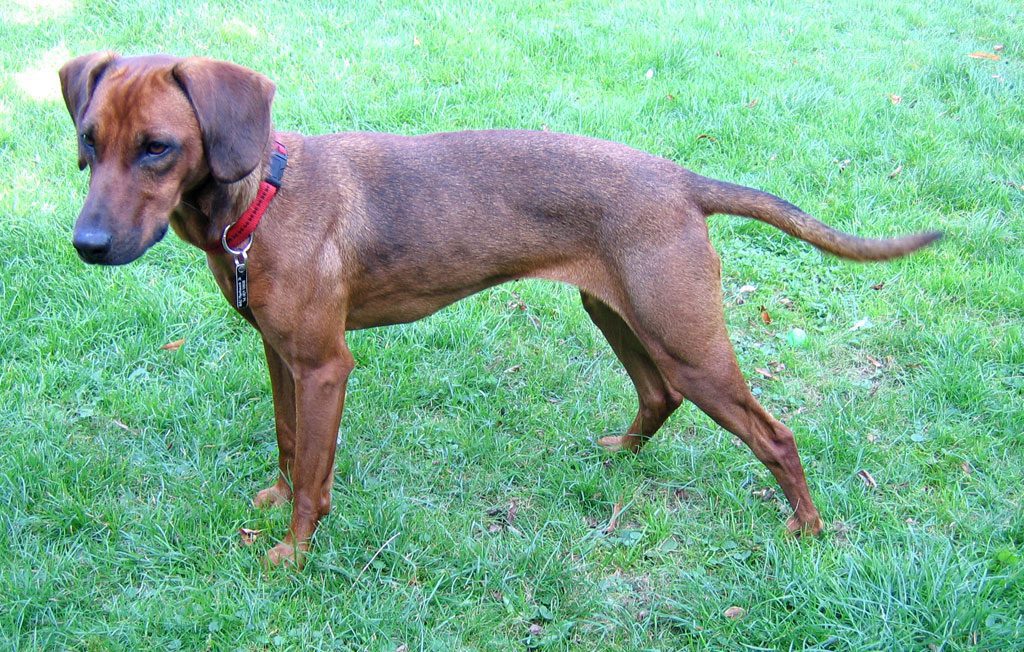
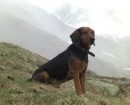
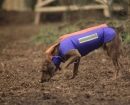

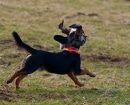

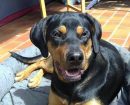

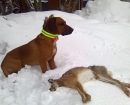
 Dog portrait – The Tyrolean Hound
Dog portrait – The Tyrolean Hound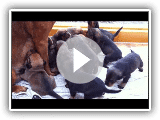 Mother's milk bar is open
Mother's milk bar is open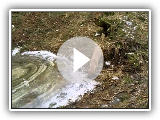 Young Styrian Bracke fights with the ice 😉
Young Styrian Bracke fights with the ice 😉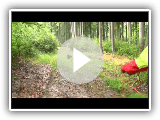 Barbara Schäfer's dog school – Welding work with Tyrolean bracken
Barbara Schäfer's dog school – Welding work with Tyrolean bracken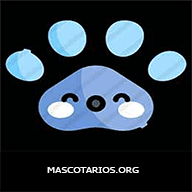
My perron is accurate to the photo. How much debbe eat the day of dry feed?